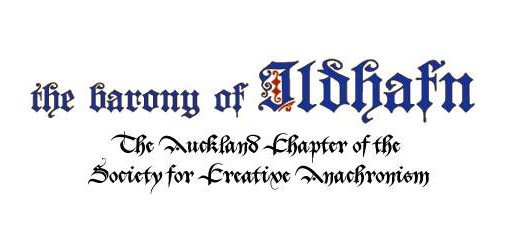Ildhafn Winter Event 2025 ‘ Ad Fundam’
Ad Fundam is a latin term which has different meanings depending on context – it means ‘ from the bottom’ and is often used as a toast ‘Bottoms up’ but can be interpreted as ‘Back to Basics’ it has been chosen because of this duality as many of the classes …
